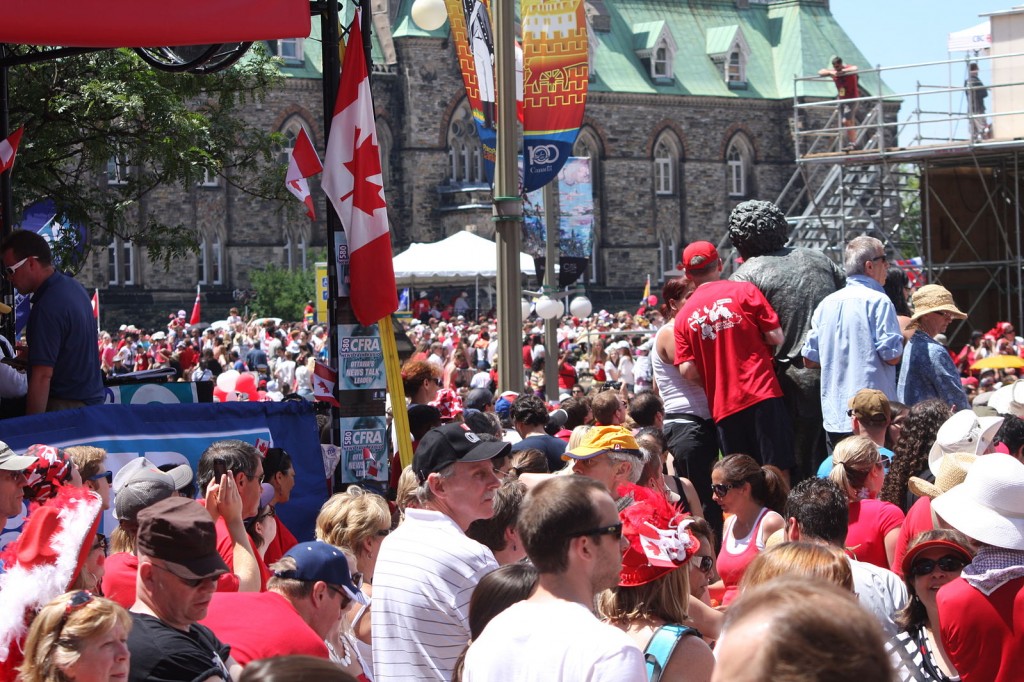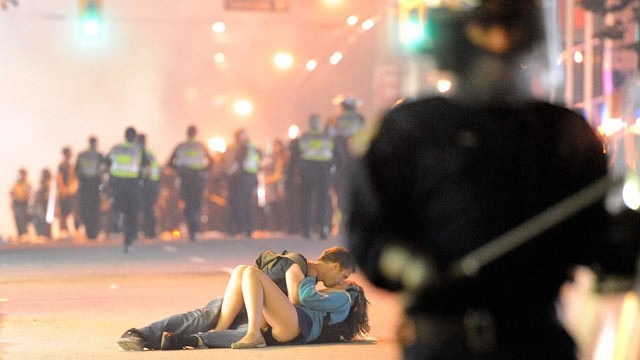Chapter 1. An Introduction to Sociology

Learning Objectives
- Explain what sociology is and does.
- Describe the different levels of analysis in sociology: micro-level sociology, macro-level sociology, and global-level sociology.
- Define the sociological imagination.
- Analyze the relationship between the individual and society.
- Explain why sociology emerged when it did.
- Describe the central ideas of the founders of sociology.
- Explain what sociological theories and paradigms are and how they are used.
- Describe sociology as a multi-perspectival social science divided into positivist, interpretive and critical paradigms.
- Define the similarities and differences between quantitative sociology, structural functionalism, historical materialism, feminism, symbolic interactionism and social constructivism.
- Explain why it is worthwhile to study sociology.
- Identify ways sociology is applied in the real world.
Introduction to Sociology
Public holiday events, concerts, sports games, and political rallies can have very large crowds. When a person attends one of these events they may know only the people they came with, yet they experience a feeling of connection to the group. They are one of the crowd. They read the cues of others about how to respond to events. They cheer and applaud when everyone else does. They boo and yell alongside them. They line up to get in and feel offended when someone cuts in ahead of them. They move out of the way when someone needs to get by, and they say “excuse me” when they need to leave. They know how to behave in this kind of crowd.
It can be a very different experience if a person is traveling in a foreign country and they find themselves caught up in a crowd moving down the street. They may have trouble figuring out what is happening. Is the crowd just the usual morning rush, or is it a political protest of some kind? Perhaps there was some sort of accident or disaster? Is it safe in this crowd, or should they try to extract themselves? How can they find out what is going on? Although they are in it, they may not feel like they are part of this crowd. They may not know what to do or how to behave.
Even within one type of crowd, different groups exist and different behaviours are on display. At a rock concert, for example, some may push up to the stage front for a closer view, others prefer to sit back and observe, while still others join in a mosh pit or try crowd-surfing. On February 28, 2010, Sydney Crosby scored the winning goal against the United States team in the gold medal hockey game at the Vancouver Winter Olympics. Two hundred thousand jubilant people filled the streets of downtown Vancouver to celebrate and cap off two weeks of uncharacteristically vibrant, joyful street life in mid-winter Vancouver. Just over a year later in the same city, the Vancouver Canucks lost the seventh hockey game of the Stanley Cup finals against the Boston Bruins. One hundred thousand people had been watching the game on outdoor screens. Eventually 155,000 people filled the downtown streets. Rioting and looting led to hundreds of injuries, burnt cars, trashed storefronts, and property damage totaling an estimated $4.2 million. Why was the crowd response to the two events so different?

A key insight of sociology is that the simple fact of being in a group changes one’s behaviour. The group, just like social life in general, is a phenomenon that is more than the sum of its parts. Each individual might be independent and unique but together they act as part of a group. Why does one feel and act differently in different types of social situations? Why do people go along with the crowd? Why might people exhibit different behaviours in the same situation? These are some of the many questions sociologists ask as they study people and societies.
Media Attributions
- Figure 1.1 Canada Day National Capital by Derek Hatfield, via Wikimedia Commons, is used under CC BY 2.0.
- Figure 1.2 Il (secondo?) bacio più famoso della storia: Vancouver Riot Kiss by Pasquale Borriello, via Flickr, is used under CC BY 2.0 licence.

